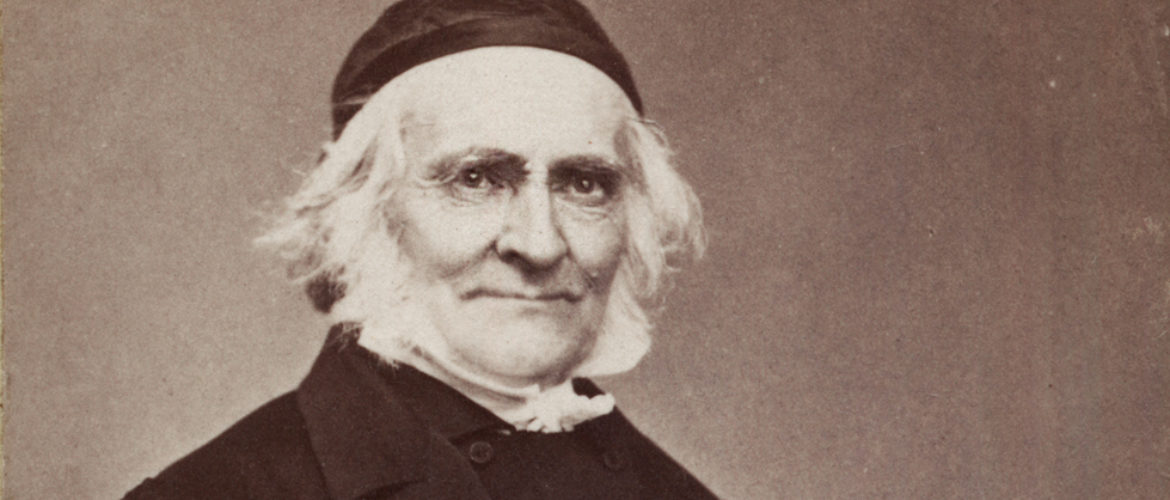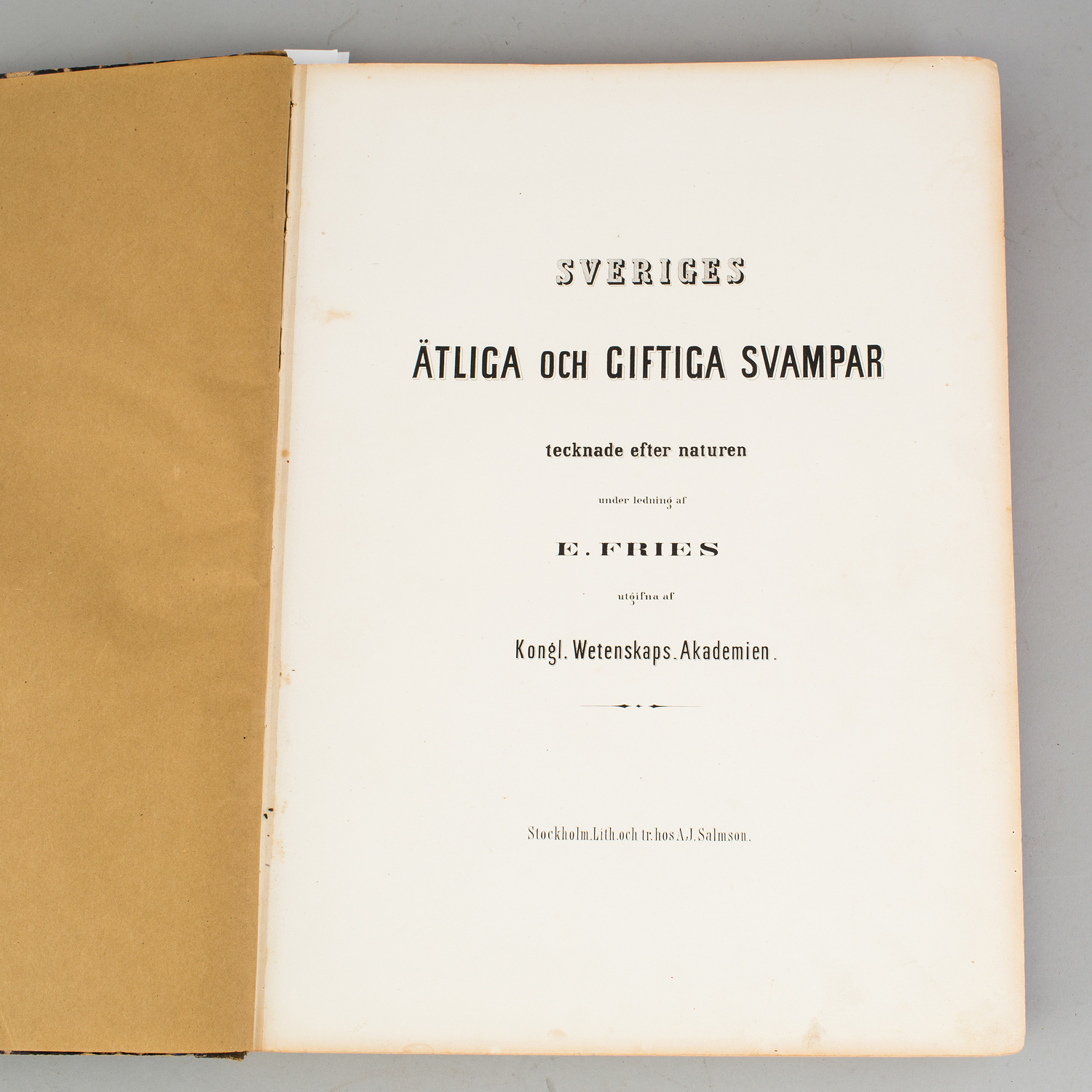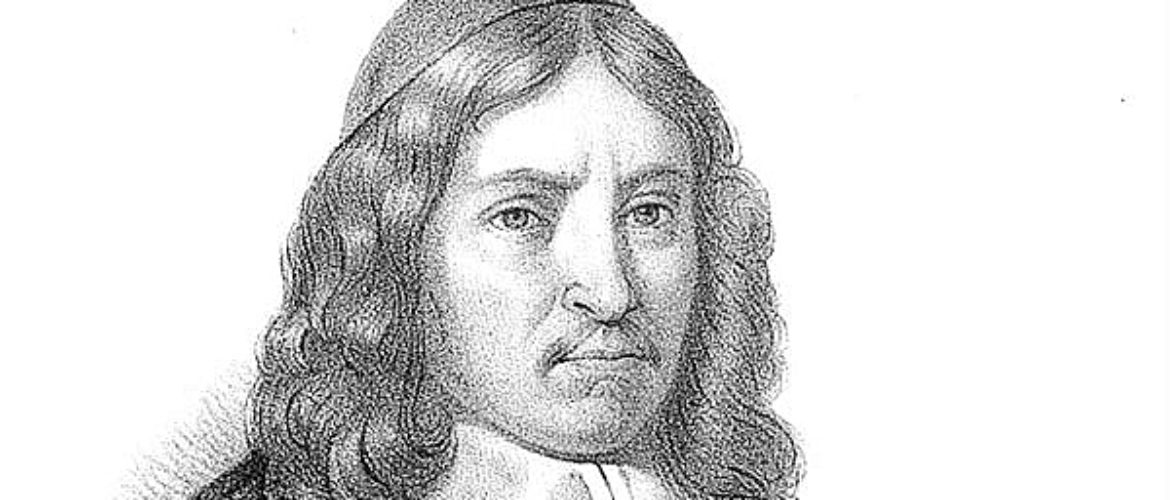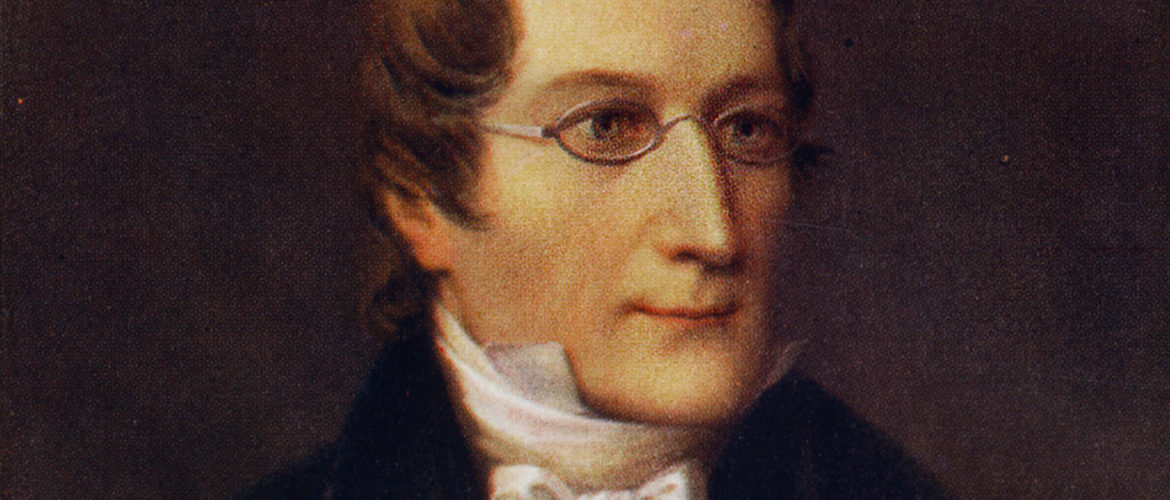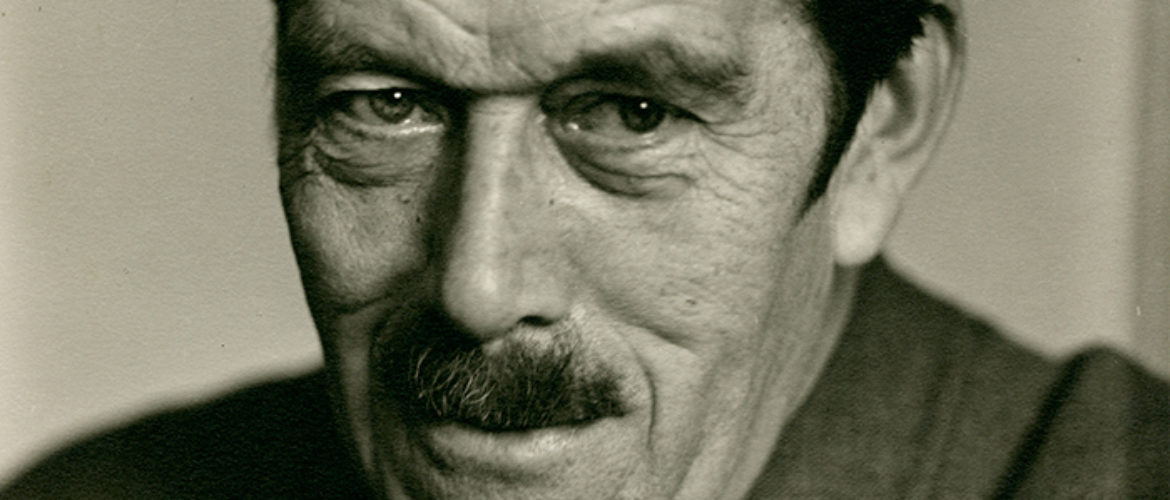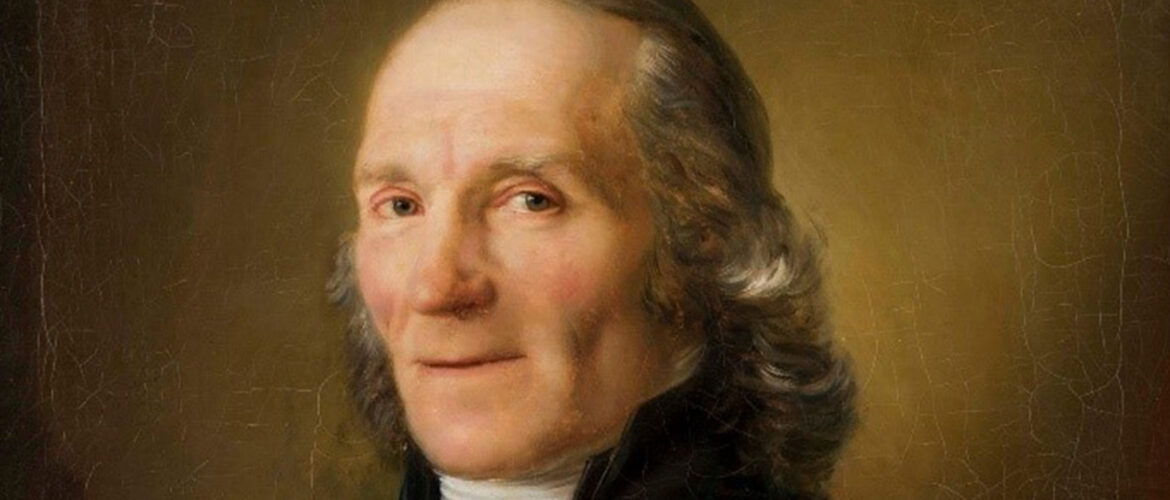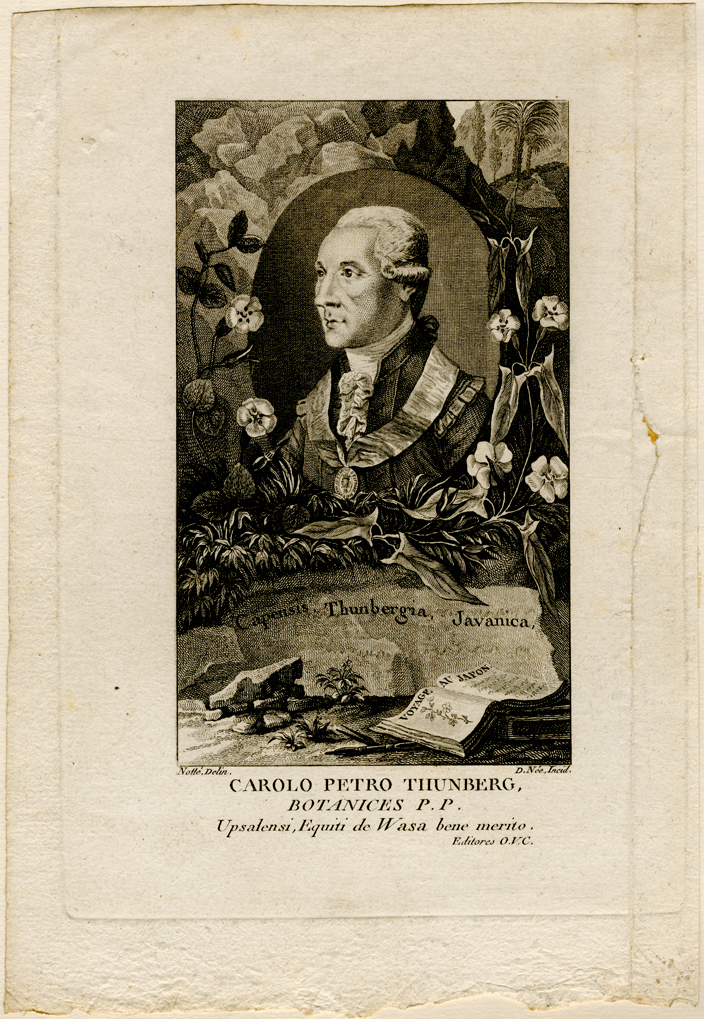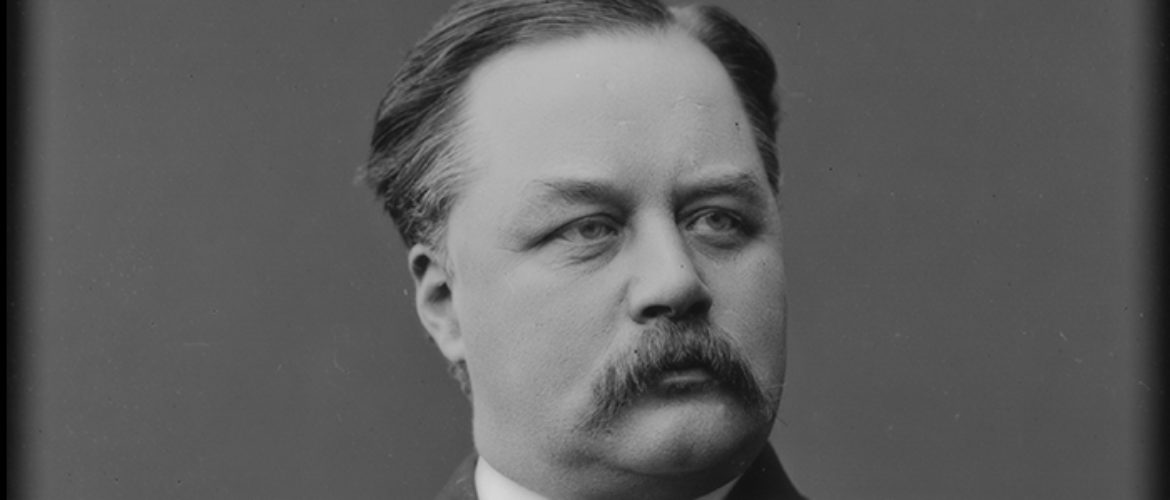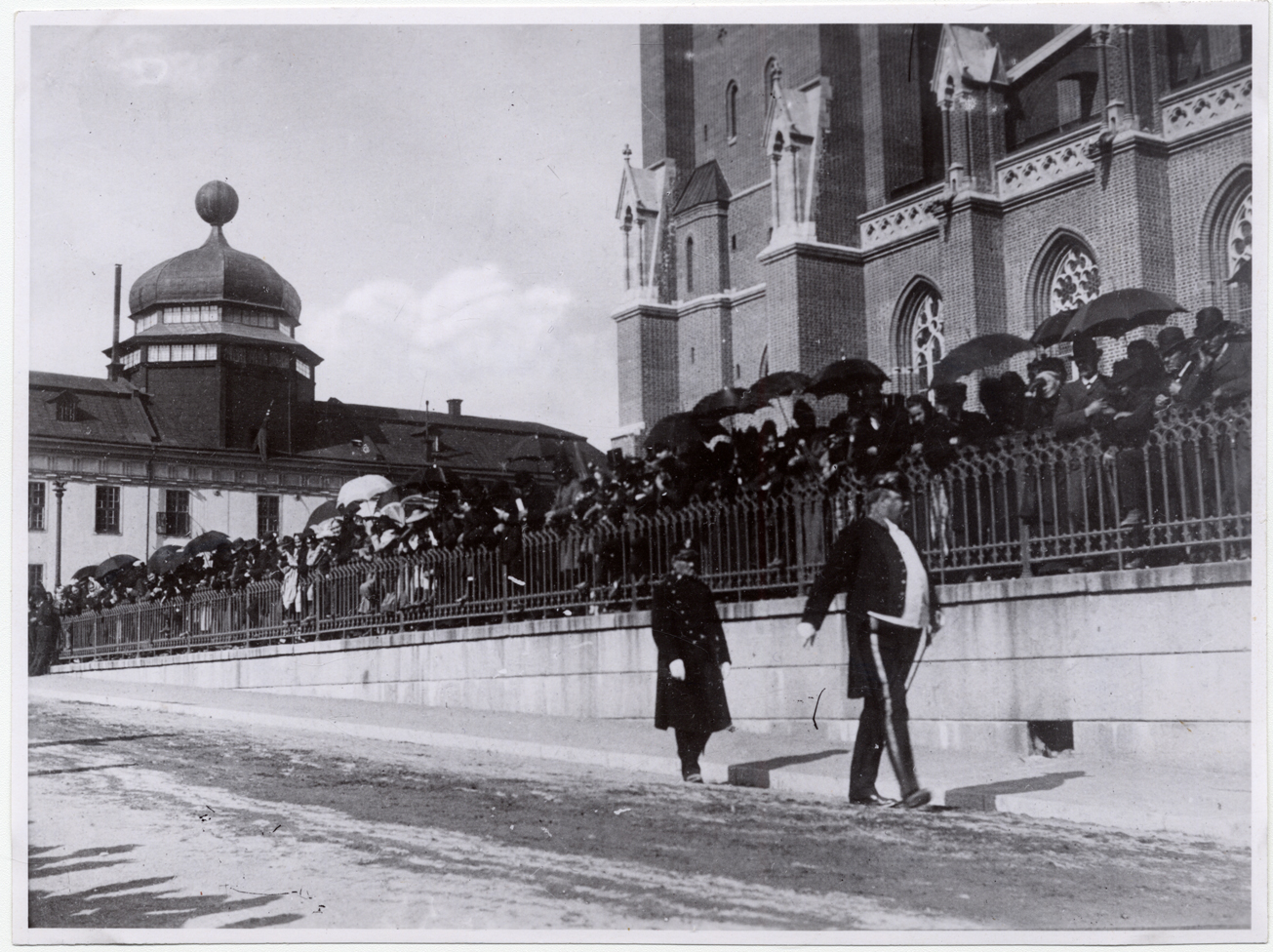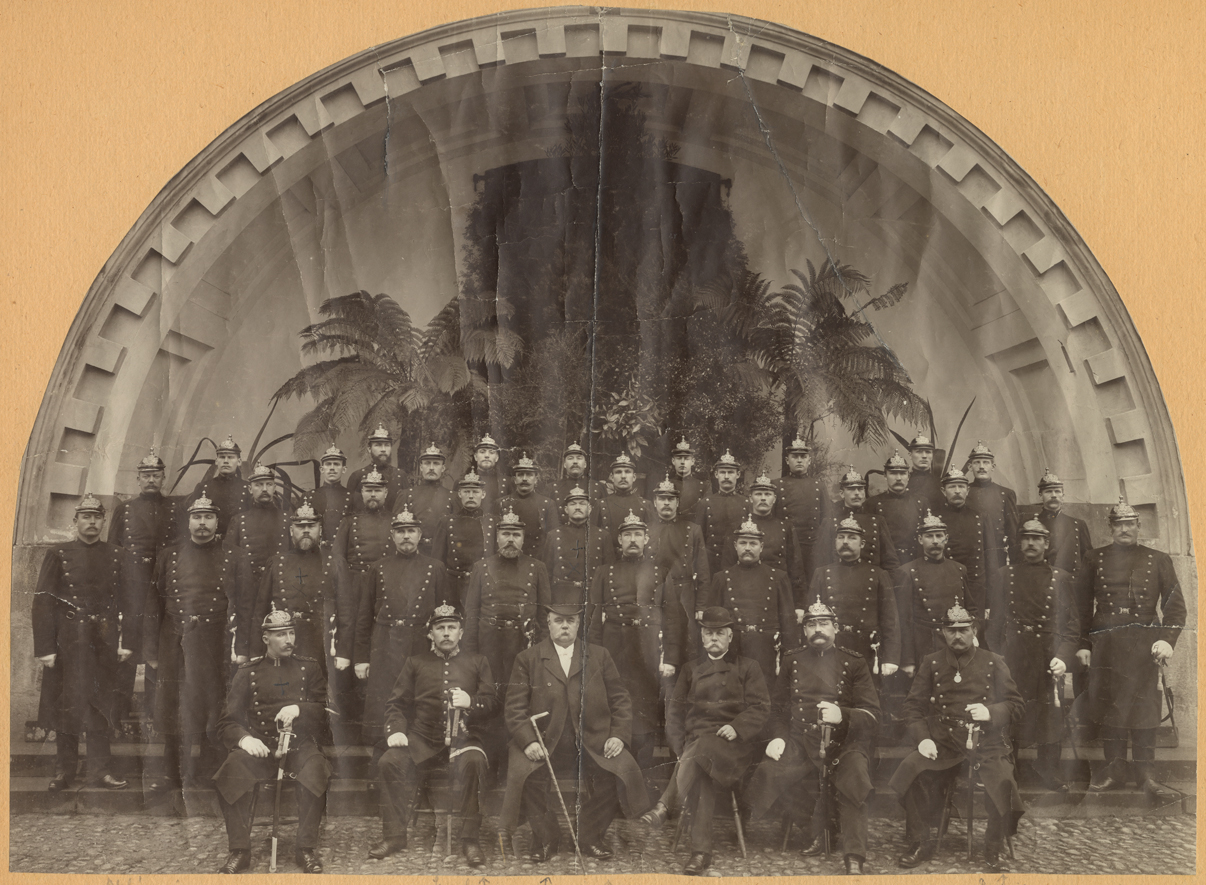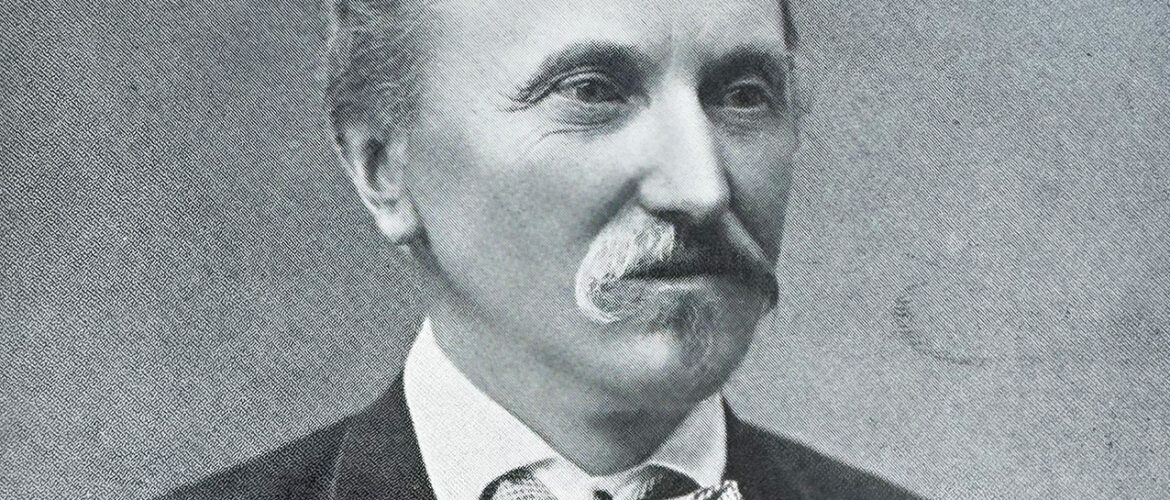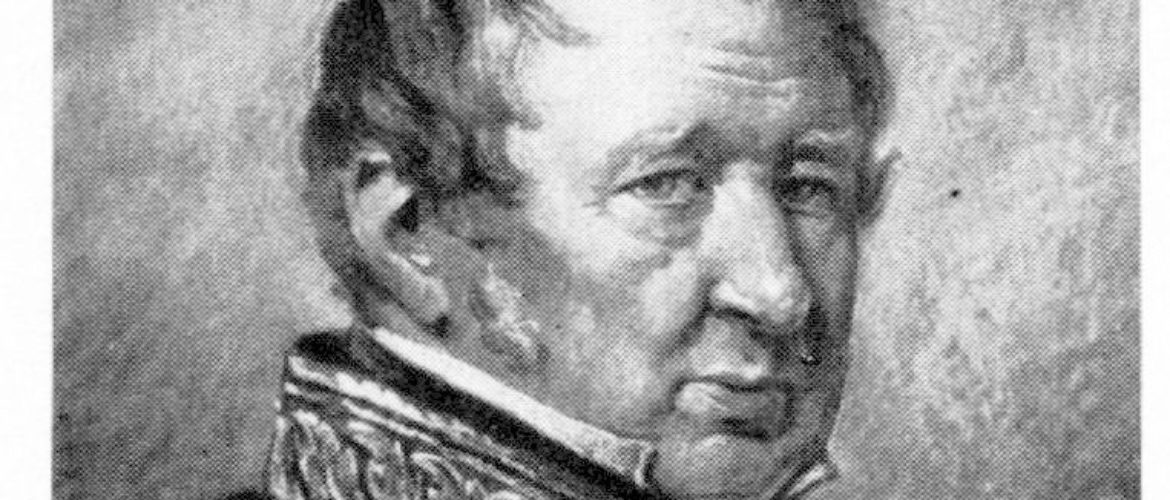1794-1878.
Botanist, mycologist.
Elias Fries came from Femsjö in Småland and was the son of the minister Thore Fries and Sara Elisabeth Wernelin. He became one of the leading figures in mycology, producing writings that are still of scientific importance today.
Fries originally studied at Lund University and became an associate professor of botany at the age of 20.
He later moved to Uppsala University and in 1851 became Professor of Practical Economics and Botany. He was also prefect of the botanical garden and museum there.
Fries was particularly interested in the study of fungi, but his research touched on all areas of botany. His most influential work was Systema mycologicum, which was Fries' plant systematics work on fungi. Other mycological works were Elenchusfungorum and Hymenomycetes europaei.
Fries promoted the use of mushrooms as food, through the poster Sweden's edible and poisonous mushrooms. The interest in mycology was passed on to several of the children. For example, his son and daughter, Elias Petrus and Susanna (Sanna) Christina, drew several mushroom plates, several of which are preserved in Uppsala.
Fries also published the popular science essays Botaniska utflygter (1-3, 1843-1864).
In addition to being a university rector, Elias Fries was also a member of parliament and became a member of the Swedish Academy in 1847.
Title page from Elias Fries "Sveriges Ätliga och Giftiga Svampar", Norstedt & Söner, Stockholm, 1860. Photo: Bukowskis Auktioner AB.
Burial site: 0103-0185
Image description: Elias Fries, Uppsala 1860s. Photo: UUBThe image is cropped]
Click here for an uncropped image

